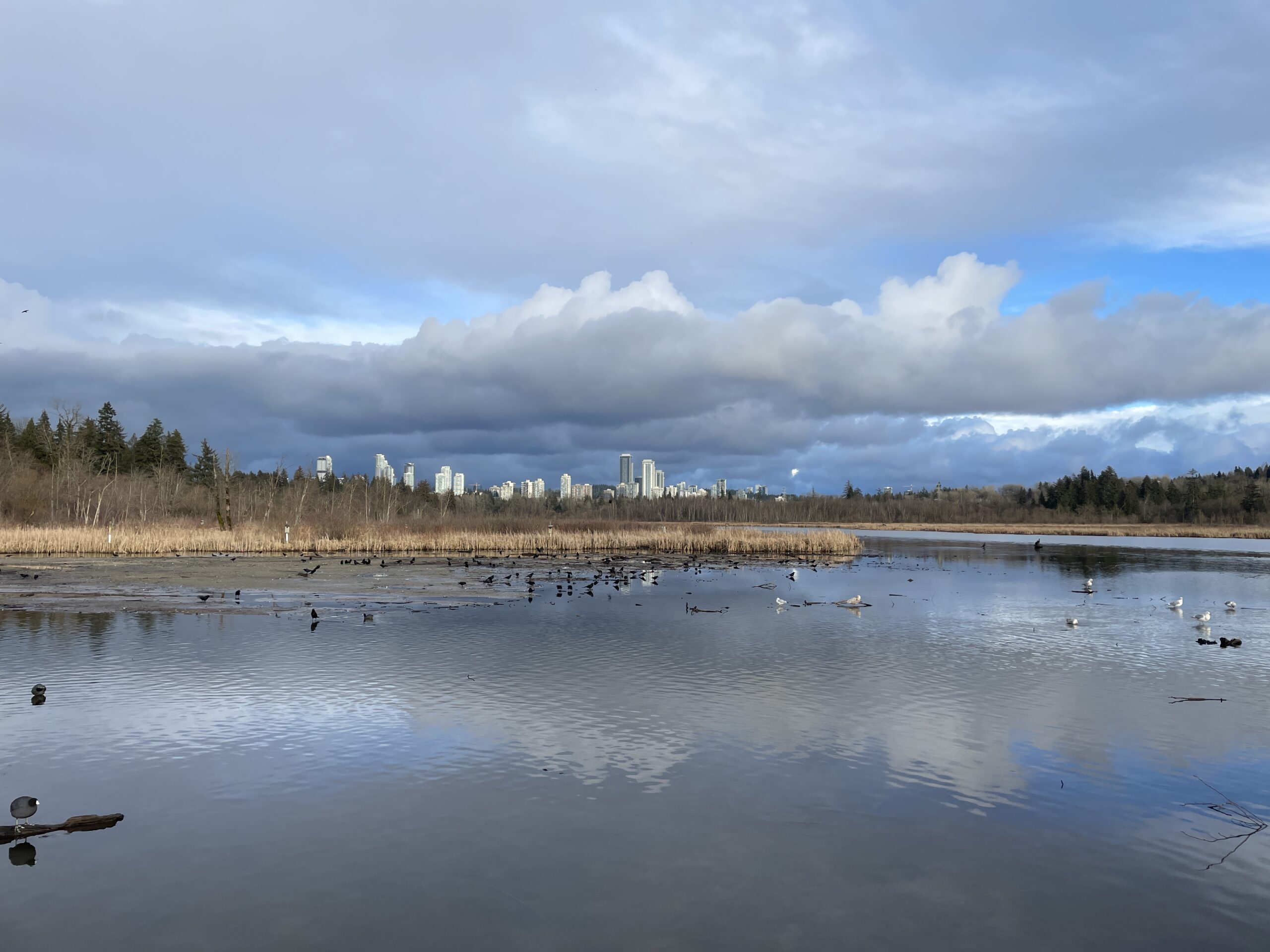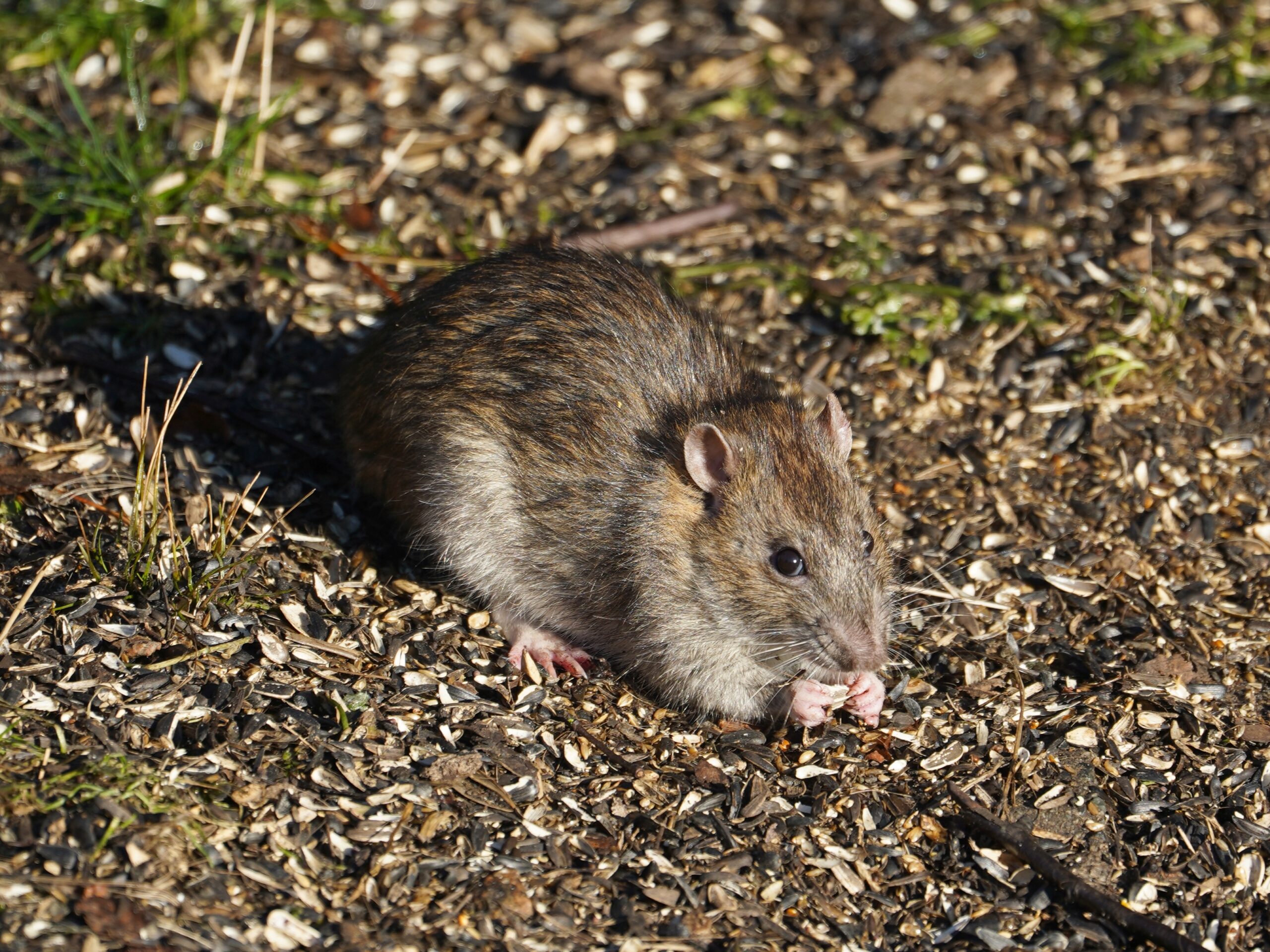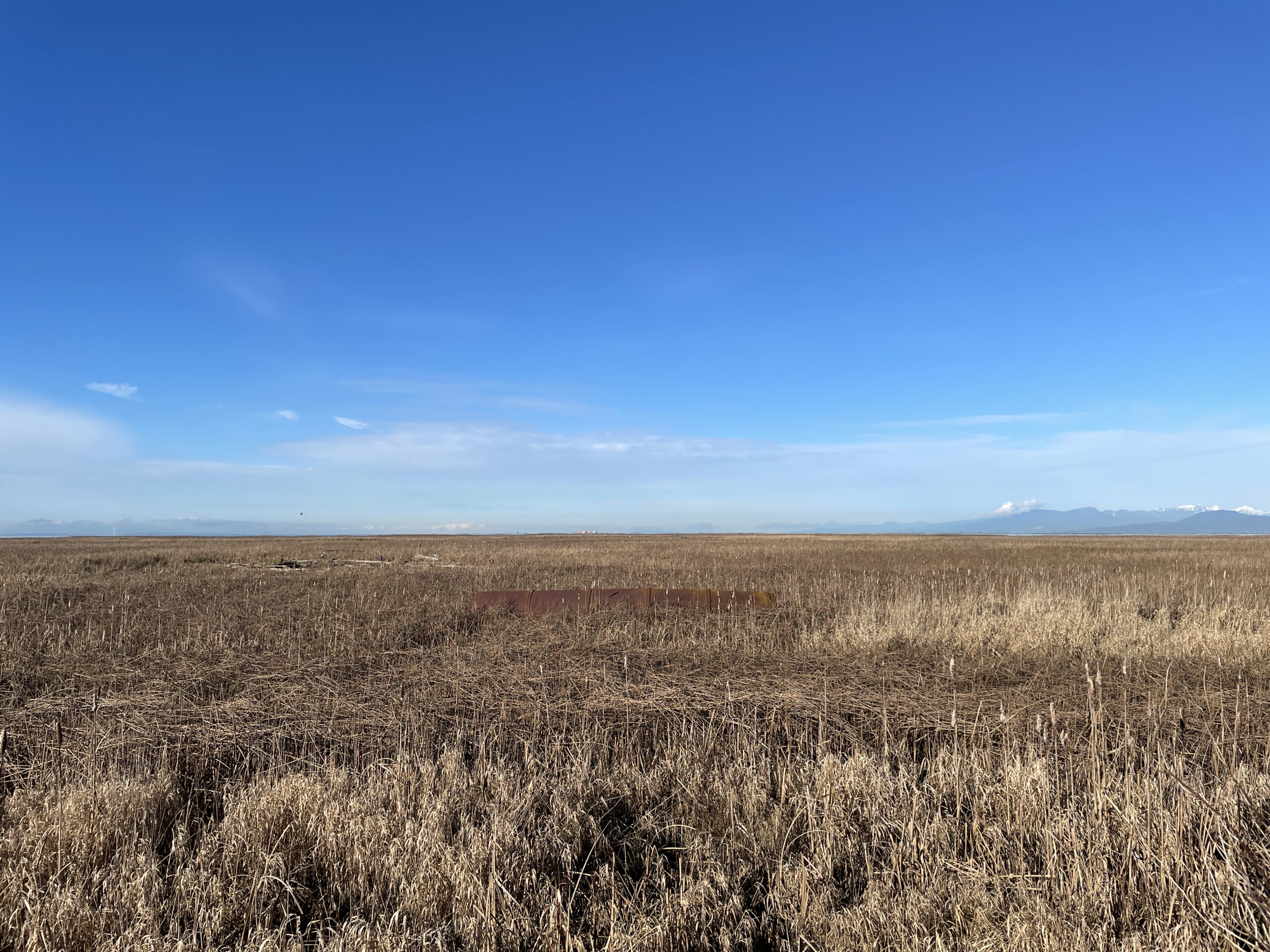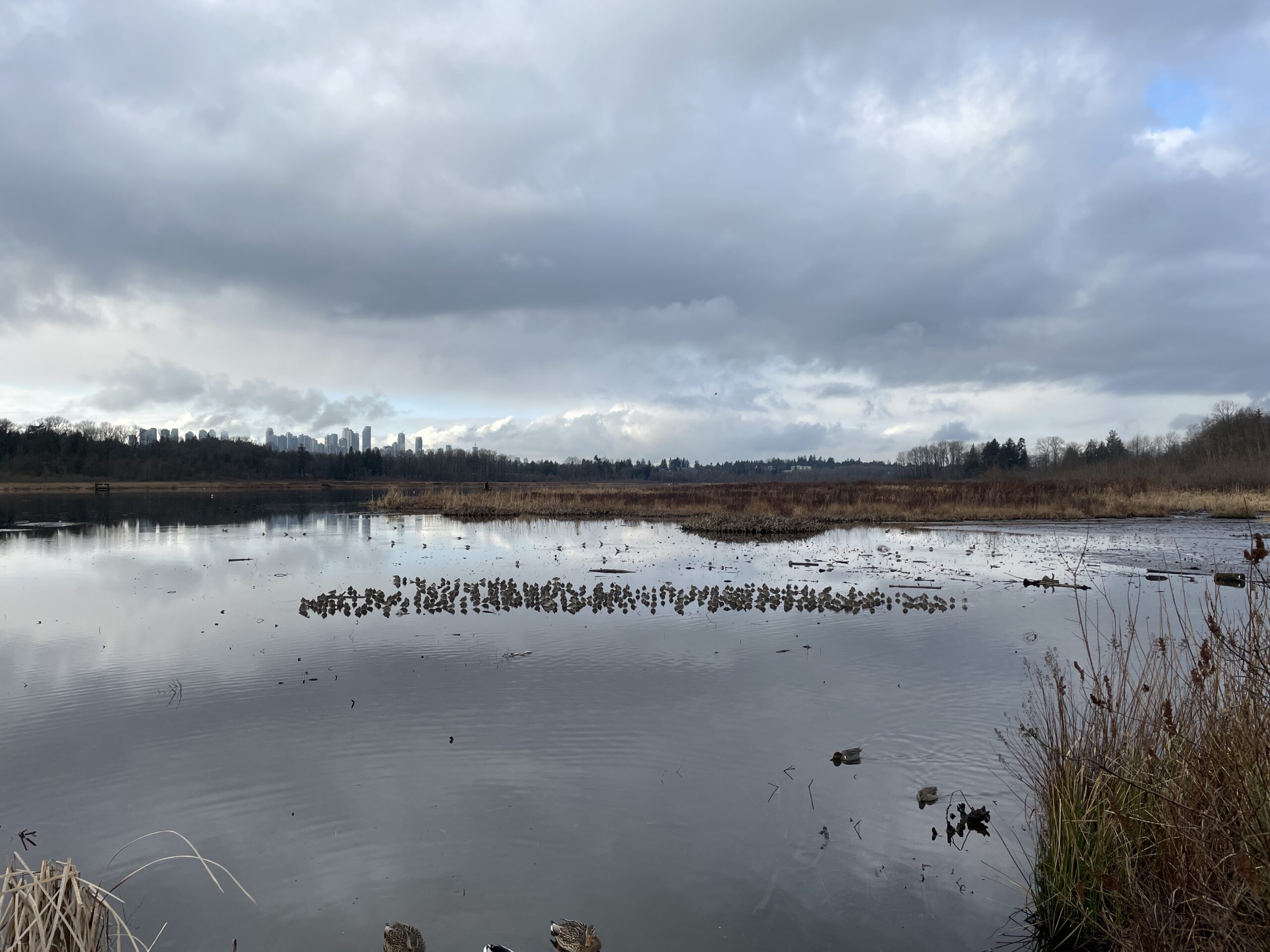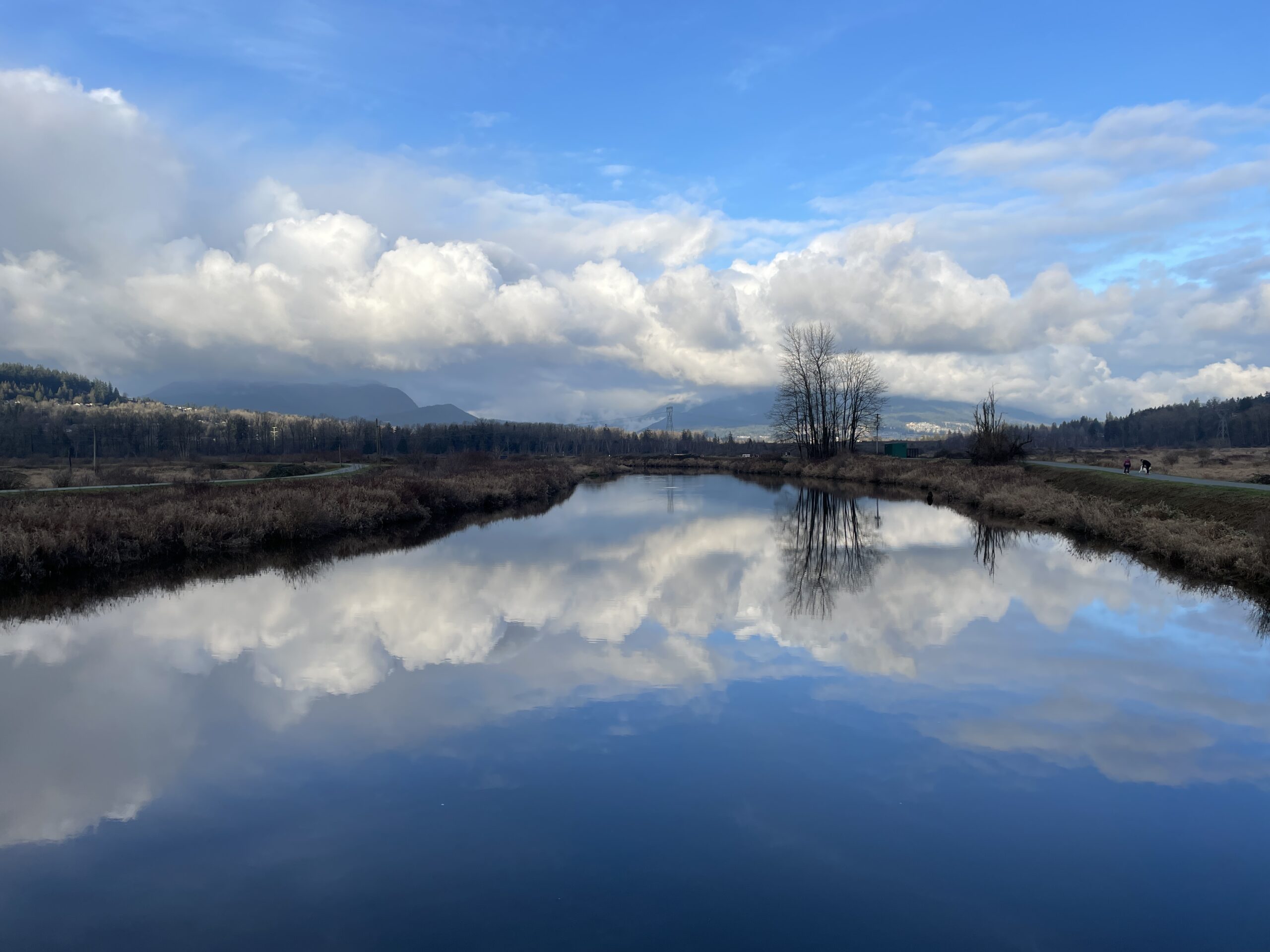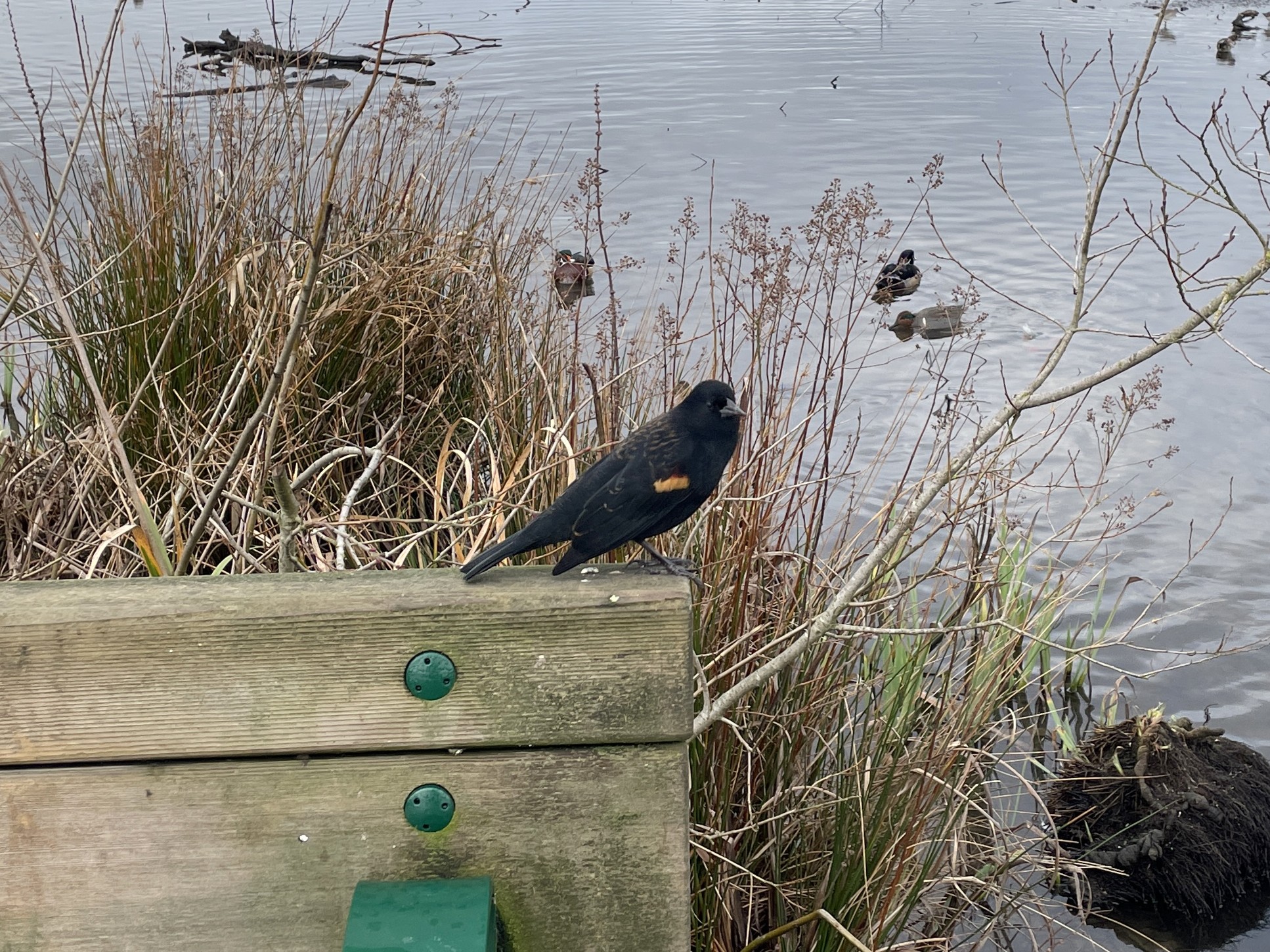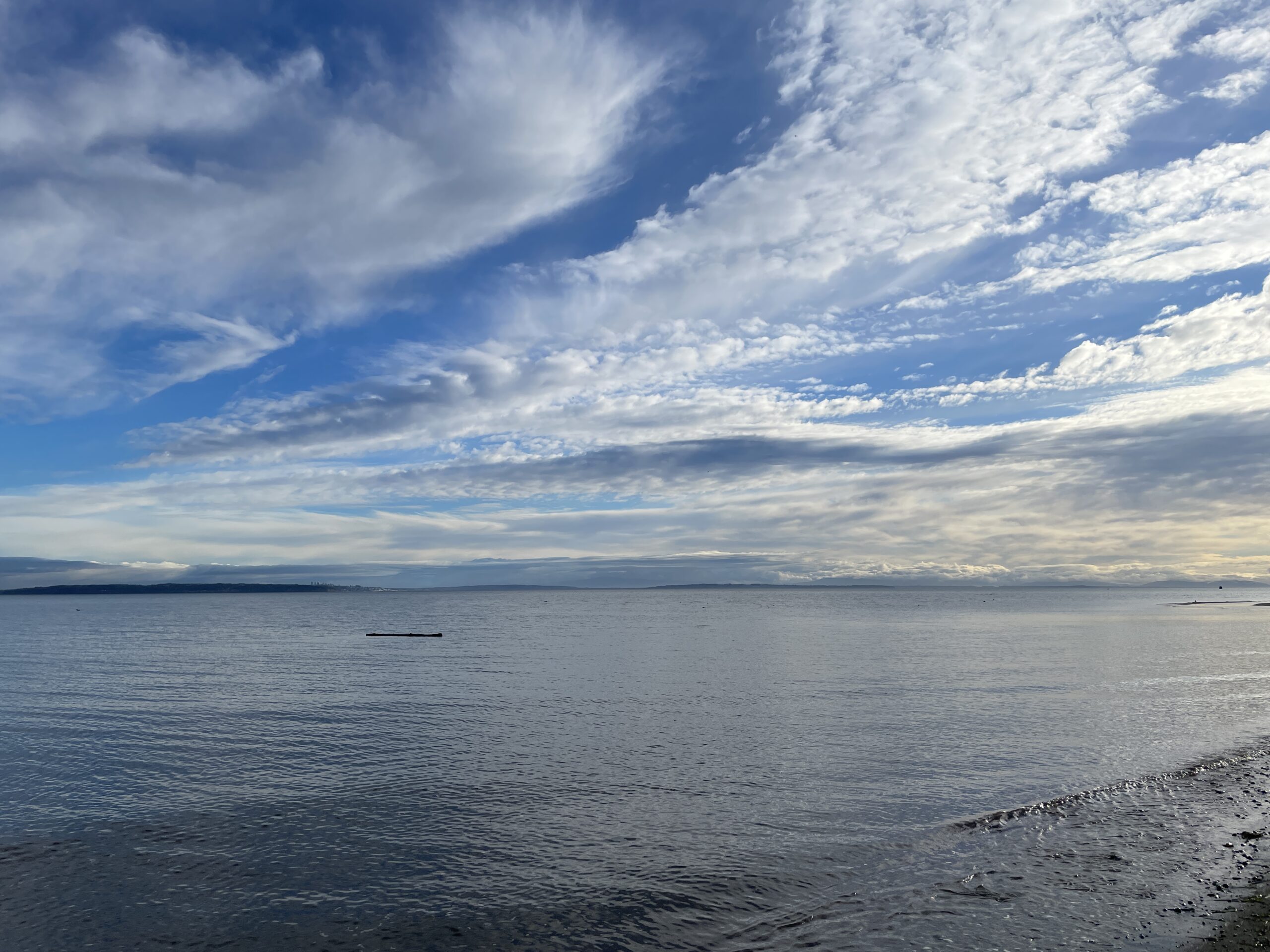Where: Reifel Bird Sanctuary (Delta), Burnaby Lake (Burnaby)
Weather: Cloudy, some sun, 11-16°C
Reifel Bird Sanctuary

The weather was downright pleasant today. Nic wore shorts! I did not. Maybe next time the weather is nice.
We got to Reifel early and given the weather, it was pretty busy. Among the many people was local bird photographer Liron Gertsman, who I recognized as he and his groupies/friends walked past up and went to the top of the viewing tower. I spotted him due to his adorable baby beard. He probably won several awards while at the top of the tower for photography, these things just seem to happen to him.
Meanwhile, on the ground, we saw a good mix of birds. The shoveller numbers seem to be thinning, but we encountered many a YARG (Yet Another Random Goose) as they were scattered all over the place.
The tree swallows are back, looking like shiny little penguins and setting up home in assorted bird boxes. Marsh wrens were singing their little hearts out and a few of them appeared long enough for us to get some decent shots. The even harder-to-shoot golden-crowned kinglets were also flitting about and amazingly, several stopped long enough to make up for the hundred or so blurry or not-quite-there shots. It’s always nice to be reviewing your photos and encounter a good shot only a few photos in.
We saw two Sandhill cranes, though they were apart–one adult and one rather vocal juvenile. I wonder why the family is split up.
The drama this time came courtesy of a cantankerous coot, who took umbrage to a duck, stretched up to full height (and looking very chicken-like) and doing a kind of karate kick with one of its impressively freaky feet to a nearby mallard. It ended after that, but yeah, don’t mess with coots, I guess.
The geese were relatively well-behaved, and all of the ducks gave us good pose.
Burnaby Lake

We weren’t at Burnaby Lake for too long for reasons, but the main objective–to find recently-sighted mountain bluebirds–eluded us. Instead, we came across a large murder of geese (that’s what I’m calling them) on the athletic field, except, upon closer inspection with both eyes and ears, these were not Canada geese, but the smaller and honk-free Cackling geese. We’d never seen a large group of them before. They’re kind of adorable with their short necks and stubbier beaks. And they don’t honk, they kind of peep-honk (it doesn’t sound like cackling to me).
There were chickadees here, too, but they were one of the birbs I failed to get any really good shots of today, alas. It was a fine outing otherwise.
The Shots
Theoretically possible
The Birds (and other critters)
Sparrows and sparrow-adjacent:
- American robin
- Black-capped chickadee
- Dark-eyed Junco
- European starling
- Golden-crowned kinglet
- Golden-crowned sparrow
- House sparrow
- Marsh wren
- Red-winged blackbird
- Rufous hummingbird
- Song sparrow
- Spotted towhee
- Tree swallow
- White-crowned sparrow
Waterfowl and shorebirds:
- American coot
- American wigeon
- Bufflehead
- Cackling goose
- Canada goose
- Gadwall
- Great blue heron
- Green-winged teal
- Hooded merganser
- Mallard
- Northern pintail
- Northern shoveller
- Ring-necked duck
- Sandhill crane
- Scaup
- White-fronted goose
- Wood duck
Common:
- American crow
- Assorted gulls
- A rock pigeon
Raptors:
- Bald eagle
- Northern harrier (maybe?)
Non-birds:
- Turtles on a log
- One chonky black squirrel











